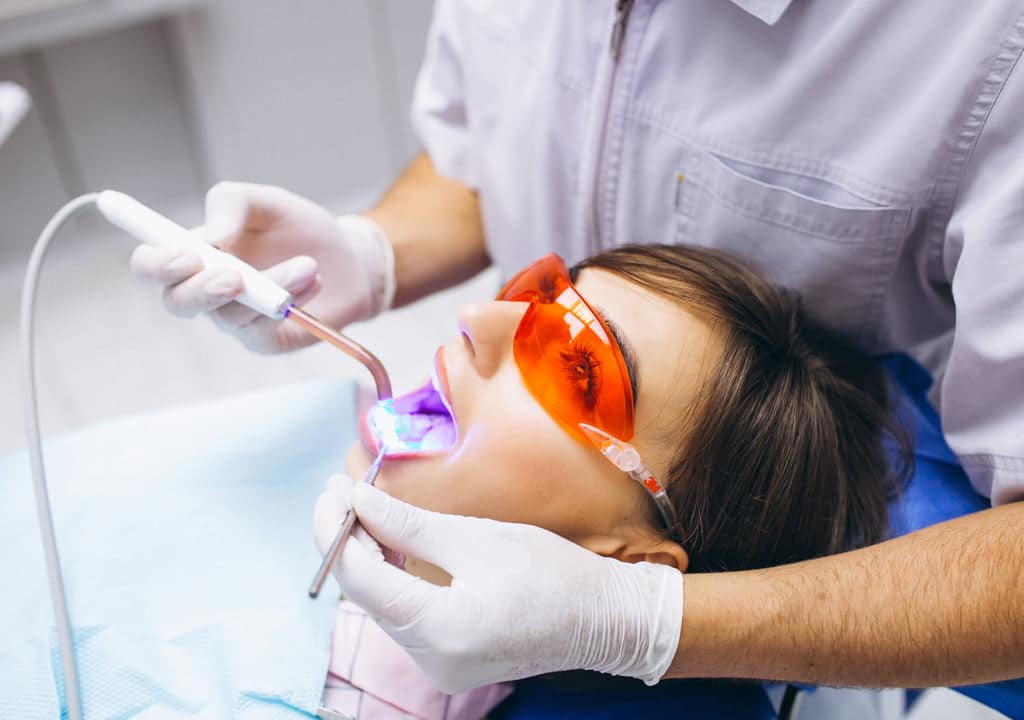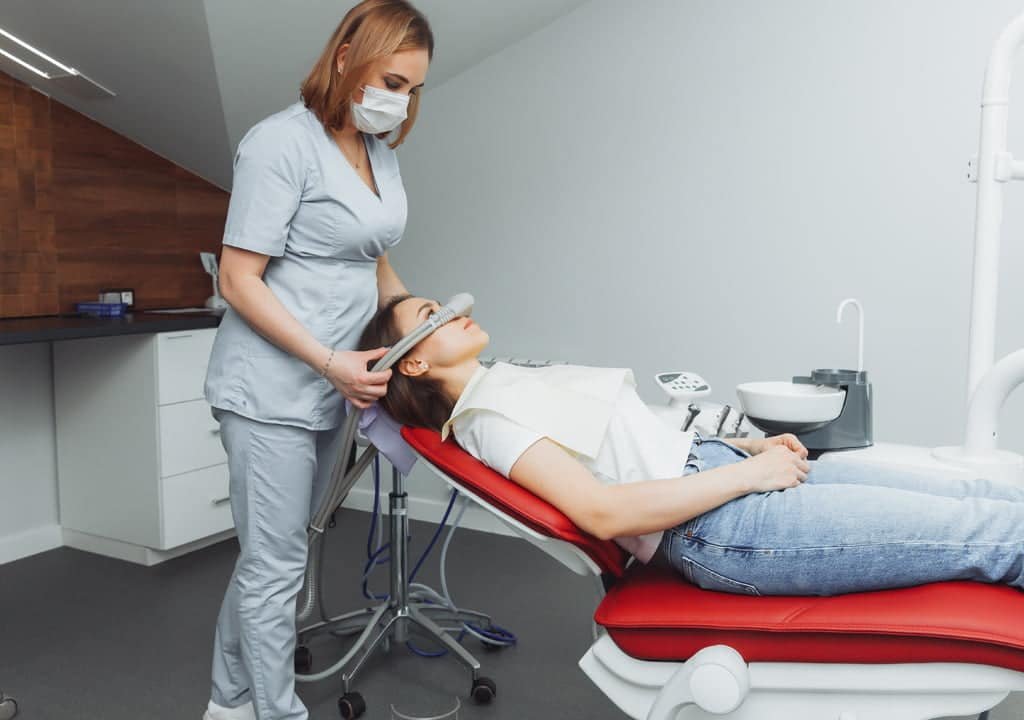Blog
What Crowns and Veneers Can’t Do
Introduction:
[1]Veneers and crowns are both dental restoration methods that can improve the look and function of your teeth. The main difference is that a veneer covers only the front of your tooth and a crown covers the entire tooth.
Dental restoration procedures are costly, so it’s important to know which one may be best for you. Although the procedures are different, both have good success rates.
Here’s a look at the differences between veneers and crowns, the pros and cons of each, and how they’re used.
What’s The Difference Between A Veneer And A Crown?
A veneer is a very thin layer of porcelain or other materials, about 1 millimeter (mm) in thickness, that’s bonded to the front of your existing tooth.
A crown is about 2 mm in thickness and covers the whole tooth. It can be all porcelain, porcelain fused to a metal alloy (PFM), or an all-metal alloy.
Whether a veneer or a crown is right for you will depend on the condition of your teeth and what you’re trying to fix. Common conditions for restoration are:
- Discolored Teeth
- Chipped, Cracked, Or Broken Teeth
- Decayed Or Weakened Teeth
- Crooked Teeth
Both crowns and veneers are color matched to your teeth, except for all-metal crowns.
What Is A Veneer?
A veneer covers only the front surface of your tooth. They’re not as invasive as crowns, because the preparation leaves more of your original tooth intact.
About half a millimeter of the enamel on the front of the tooth is ground down to roughen the surface for bonding the veneer. Some newer types of veneers don’t need as much grinding of the tooth surface. You may need a local anesthetic for this, because the grinding may be painful.
For a veneer to work properly, your tooth has to have enough enamel on it for a veneer to bond to it.
What Is A Crown?
A crown covers the entire tooth. With a crown, more of the tooth needs to be filed or ground down to prepare for the crown placement.
If you have tooth decay, your dentist will remove the decayed part of the tooth before making the crown. In this case, your tooth may need to be built up to support the crown.
Your tooth may also need to be built up if it’s damaged. You may have a local anesthetic for this procedure.
[2]Foods To Avoid While Wearing Temporary Veneers
It generally takes a few weeks for the lab to construct your permanent veneers. During this time, Dr. Nagham Altalib will provide you with temporary veneers. These are more delicate since they aren’t permanently bonded to your teeth. This makes it much easier to damage them.
In order to avoid damaging your temporary restoration, you should avoid the following foods:
- Steak and other meats that may be difficult to chew
- Ice (you should never chew on ice, regardless of whether you have veneers)
- Hard bread
- Hard foods such as nuts, seeds, or chips
- Crunchy vegetables such as carrots and celery
- Hard candies
- Sticky candies
- Chocolate
- Foods and beverages which may stain your teeth
- Foods To Avoid With Permanent Veneers
Your permanent veneers will be securely bonded to the front surface of your teeth, making them much more durable than the temporary veneers you initially received. This will eliminate many of the food restrictions listed above. However, it is still important to be conscious of what you’re eating in order to prolong the lifespan of your porcelain veneers.
Some Foods To Avoid With Permanent Veneers Include:
- Hard foods which may chip the dental porcelain (when eating foods like chicken legs or bone-in steak, make sure you don’t bite too close to the bone)
- Ice
- Alcohol (excessive alcohol consumption can ruin the bonding material and cause your veneers to become less secure)
- Acidic foods and beverages such as lemonade, citrus fruits or tomato sauce (these items can erode the bonding material)
- Sticky candies
- Foods and beverages which may stain your teeth
Conclusion:
We hope the content lets you understand oral health. All the possible ways are explained but never bound yourself. Keep looking for the best suggestions for your good oral health.
For Assistance, Visit https://appletreedental.ca/
Article compiled by Apple Tree Dental
Article Reference Links:
















